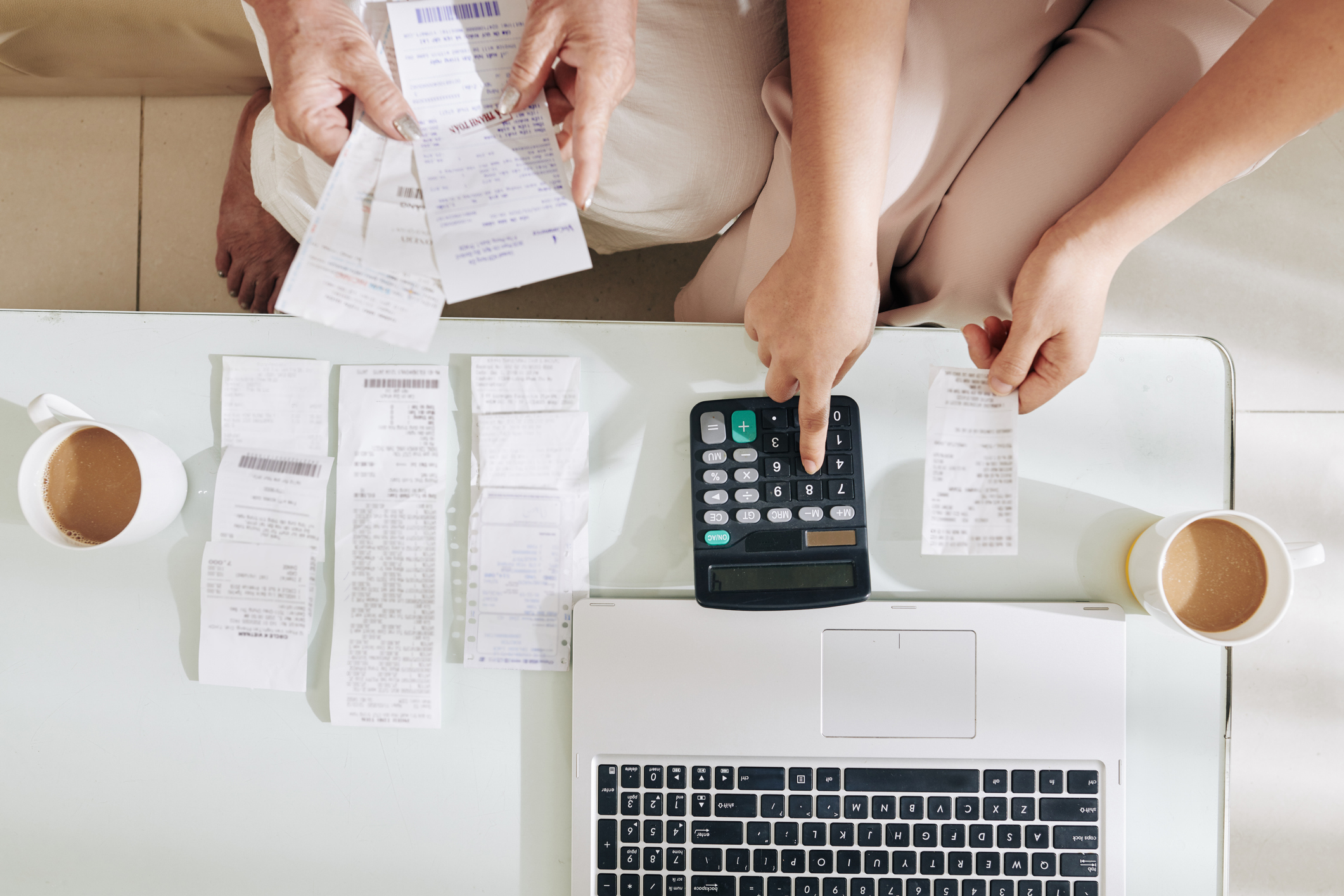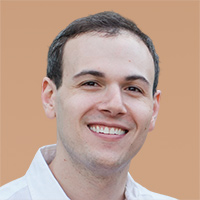How to Switch Your Car Insurance
Switching car insurance companies could save you hundreds. Learn when and how to make the switch to maximize savings and avoid hidden fees.


Rachael Green
Car insurance premiums averaged $223 per month or $2,671 per year on average, according to Bankrate. That's up 12% since this time last year. So, if you're fed up with skyrocketing car insurance rates despite making no new claims, you're not alone.
The good news is you're not locked into that price forever. You're not even locked into it for the entire policy term in many cases. You can switch in the middle of your coverage period if you want to. The key is to do the legwork to make sure you're maximizing your savings and avoiding any hidden fees or problems when you do.
While you've probably heard that switching can save you hundreds, how much you actually save on car insurance depends on how thorough you are about the shopping and switching process. Here's what you need to know to make sure you're getting the best price for the coverage you need.
From just $107.88 $24.99 for Kiplinger Personal Finance
Become a smarter, better informed investor. Subscribe from just $107.88 $24.99, plus get up to 4 Special Issues

Sign up for Kiplinger’s Free Newsletters
Profit and prosper with the best of expert advice on investing, taxes, retirement, personal finance and more - straight to your e-mail.
Profit and prosper with the best of expert advice - straight to your e-mail.
How to switch car insurance the right way

If it's been awhile since you've last shopped for car insurance, there are some important steps to follow when switching car insurance. From checking for hidden fees to avoiding accidental coverage gaps, here's how to maximize savings when you switch car insurance.
Get multiple quotes for different coverage scenarios
You've probably heard the advice to get multiple quotes a few times by now. But, here's what that should actually look like in practice:
- Start by getting quotes for the exact same level of coverage that you currently have. Even if you're considering changing your coverage, you want this baseline of comparison.
- Play around with different coverage scenarios. See how your premium changes with different coverage scenarios you're considering. Planning to buy your kid a car later this year? See what that might do to your premium. Is your car old enough that you might be dropping to minimum coverage on your car insurance soon? See which insurer offers the lowest price for minimum coverage.
- Get a quote for those future coverage scenarios from your existing insurer, too. If you're motivated to switch because of cost rather than, say, bad service or a terrible claims experience, it's worth getting a quote from your current provider before you switch. If you're so dissatisfied with this company that you wouldn't stay with it even if its quote was the lowest, you can skip this step.
Since insurers all use their own formulas to calculate premiums, a company offering a cheaper price on one form of coverage might not be the most affordable option for another coverage scenario. That's why it's important to compare quotes across different scenarios, especially if you expect your coverage needs to change before the new policy would end.
The best way is to comparison shop, once you know which types of car insurance you need. Online brokerages such as CarInsurance.com, TheZebra.com and QuoteWizard.com let you plug in basic details — such as your age and your car’s make, model and year — to compare rates from insurance companies. Progressive lets you compare quotes from four other insurers.
These sites are good starting points, especially because some insurance companies offer a discount for beginning your quote online, said Insure.com’s senior consumer analyst Penny Gusner. (To get quotes from the largest U.S. car insurers, including Allstate, Geico, State Farm and USAA, you’ll have to call the companies. You can also find an independent agent who can shop several insurers at Trusted Choice.
Additionally, you can compare auto insurance rates below, using this tool from Bankrate:
Check for cancelation fees
If you're so unhappy with your current provider that you want to ditch them sooner rather than later, you can leave anytime. But read the fine print of your existing policy first to find out if your current insurer charges an early termination fee.
If they don't, happy shopping! If they do, you might still be able to save even with that fee. Just remember to factor it in as you shop. When you start getting quotes, subtract that fee from any potential savings you'd get by switching to make sure you're still coming out ahead.
Check for renewal deadlines
Sometimes, car insurance policies will automatically renew once your existing policy ends. If you're thinking about switching, you should make sure you opt out of that autorenewal before you end up paying for both your new policy and your renewed policy at once.
While you can likely get a refund if that happens, you might not get a full refund if you don't catch the error until a few days after the renewed coverage started. This is even more important for any policy that has an early termination fee. If you were waiting until your current policy ended to avoid that fee, you risk paying it anyway if you allow the autorenewal to process.
Estimate your refund if you do cancel early
If you paid your premiums upfront, you may be entitled to a refund for any unused coverage. You don't have to do the math right now to figure out how much of a refund you'll get. But you should at least check your policy or contact your current insurer to find out how refunds work.
Keep that potential refund in mind as you shop. You can even use that to cover the cost of your new premium. Though, you may not receive the refund until after you've already switched and paid.
Get the dates right to avoid coverage gaps (and rate hikes)
If you want to cancel your current car insurance, your new policy should start on the same day that your existing policy ends. Even a small gap of a day or less can end up raising your rates or creating other annoying issues down the road.
To avoid any problems here, line up your new policy first before you cancel your existing one. Once the paperwork is done and you know your official start date, you can request your old policy be canceled effective the same date your new coverage starts.
How to save even more when you switch car insurance

While you're shopping around for a new policy, here are some tips and tricks you can use to play around with your coverage to save even more on car insurance.
Raise your deductible
Your car insurance policy’s deductible is the amount you’d pay out of pocket in the event of a loss before your insurance plan kicks in to cover any remaining costs. Increasing your deductible from $250 or $500 to $1,000 can reduce your premiums by up to 20%. It can also prevent you from filing small claims that could lead to a rate increase or jeopardize a claims-free discount. You could use the savings to bolster your emergency fund.
If you’re driving a clunker, it might make sense to drop collision insurance altogether. If your car is totaled, the payment you get from the insurer may not justify the higher premiums.
Drop some types of coverage (if it makes sense)
One way to slash hundreds off of your premiums is to reduce the amount of coverage you have. The key is finding the right balance between saving money on premiums and increasing your financial risk in an accident.
The 100,000 mile rule in car insurance is a popular rule for when you can drop collision and comprehensive coverage, for example. It's not a hard rule and there are plenty of cars that should still keep full coverage well past the 100,000 mile mark.
But the idea is that once your car's market value is low enough that you wouldn't get much of a payout from your insurer anyway, it's not worth paying for full coverage anymore. This is also something you can do if your car was totaled, but you want to keep driving it.
Claim any discounts you can qualify for
Many car insurance providers offer reduced rates for military personnel, veterans, good students, people with clean driving records, workers in select occupations (such as nurses and teachers), or affinity groups (such as alumni or fraternity associations).
Some allow you to take a defensive-driving course in exchange for a rate reduction. Also, cars with advanced safety features, such as automated emergency braking or lane-departure warnings, can be less expensive to insure (but more expensive to repair after an accident).
Change to a pay-as-you-drive plan
If you don’t drive often, signing up for a policy that is based on the mileage you log could make sense, said Floyd Yager, formerly senior vice president of property management at Allstate Insurance. Currently, Allstate offers pay-as-you-drive plans in 14 states. The plans charge an average daily rate of $1.25 to $1.52, and an average per-mile rate of 9 to 10 cents. But not every insurance company offers a pay-as-you-drive plan.
Related Content
Profit and prosper with the best of Kiplinger's advice on investing, taxes, retirement, personal finance and much more. Delivered daily. Enter your email in the box and click Sign Me Up.

Daniel Bortz is the Personal Finance Editor at AARP and is based in Arlington, Va. His freelance work has been published by The New York Times, The Washington Post, Consumer Reports, Newsweek, and Money magazine, among others.
- Rachael GreenPersonal finance eCommerce writer
-
 I'm want to give my 3 grandkids $5K each for Christmas.
I'm want to give my 3 grandkids $5K each for Christmas.You're comfortably retired and want to give your grandkids a big Christmas check, but their parents are worried they might spend it all. We ask the pros for help.
-
 If You're Not Doing Roth Conversions, You Need to Read This
If You're Not Doing Roth Conversions, You Need to Read ThisRoth conversions and other Roth strategies can be complex, but don't dismiss these tax planning tools outright. They could really work for you and your heirs.
-
 Could Traditional Retirement Expectations Be Killing Us?
Could Traditional Retirement Expectations Be Killing Us?A retirement psychologist makes the case: A fulfilling retirement begins with a blueprint for living, rather than simply the accumulation of a large nest egg.
-
 My Teen Crashed His Car and Now Our Insurance Has Tripled. What Now?
My Teen Crashed His Car and Now Our Insurance Has Tripled. What Now?Dealing with the costly aftermath of a teen car accident is stressful. Here are your options for navigating it.
-
 My First $1 Million: Retired In-House Corporate Lawyer, 74, Midwest
My First $1 Million: Retired In-House Corporate Lawyer, 74, MidwestEver wonder how someone who's made a million dollars or more did it? Kiplinger's My First $1 Million series uncovers the answers.
-
 I'm an Insurance Pro: Going Without Life Insurance Is Like Driving Without a Seat Belt Because You Don't Plan to Crash
I'm an Insurance Pro: Going Without Life Insurance Is Like Driving Without a Seat Belt Because You Don't Plan to CrashLife insurance is that boring-but-crucial thing you really need to get now so that your family doesn't have to launch a GoFundMe when you're gone.
-
 The Top 22 Gifts for Grandkids from Walmart in 2025
The Top 22 Gifts for Grandkids from Walmart in 2025From PlayStation to Labubu, you'll find the hottest gifts of 2025 for your grandkids at Walmart this year. Some of them are up to 78% off.
-
 CD vs. Money Market: Where to Put Your Year-End Bonus Now
CD vs. Money Market: Where to Put Your Year-End Bonus NowFalling interest rates have savers wondering where to park cash. Here's how much $10,000 earns in today's best CDs versus leading money market accounts.
-
 Meet the World's Unluckiest — Not to Mention Entitled — Porch Pirate
Meet the World's Unluckiest — Not to Mention Entitled — Porch PirateThis teen swiped a booby-trapped package that showered him with glitter, and then he hurt his wrist while fleeing. This is why no lawyer will represent him.
-
 Smart Business: How Community Engagement Can Help Fuel Growth
Smart Business: How Community Engagement Can Help Fuel GrowthAs a financial professional, you can strengthen your brand while making a difference in your community. See how these pros turned community spirit into growth.
-
 Smart Money Moves Savers Should Make in 2026
Smart Money Moves Savers Should Make in 2026These steps will get you on the road to achieving your 2026 savings goals.